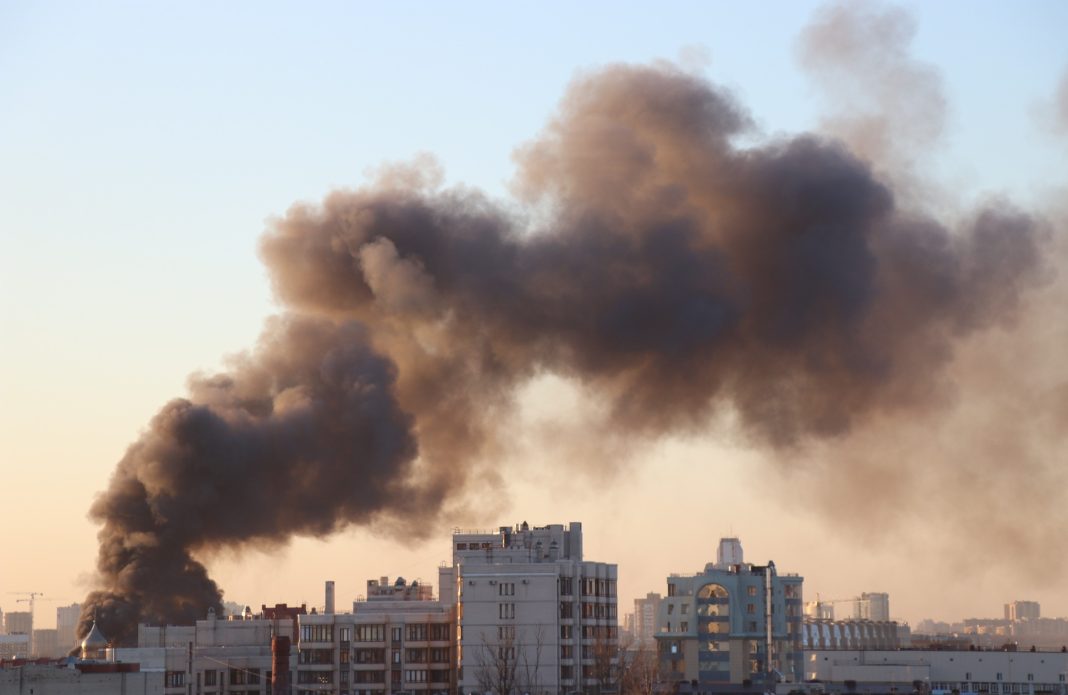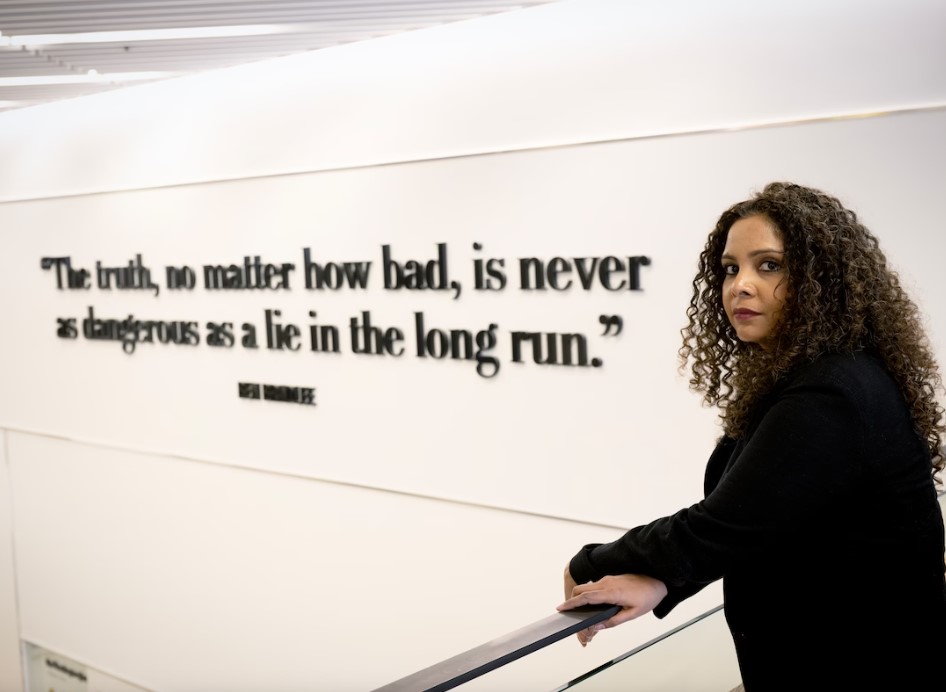Earth Journalism Network|09 June 2016
INTRODUCTION
Disasters include natural events such as earthquakes, volcanic eruptions and hurricanes, and situations sparked by human actions, such as oil spills, radiation leaks and chemical accidents.
When a disaster strikes, the most important story that journalists can tell their audiences in the first instance will be about safety -– what they should do to ensure they are safe, where they can go if they need help, and who they should listen to (see Communicating Risk).
In describing what has happened, where, how and why, journalists may need to take complex scientific information and explain it in a way that broad audiences will understand.
If the situation is new then journalists will need to rapidly educate themselves about what is known about this kind of disaster, and which expert sources they should consult (see Sources of Stories).
There are two main phases to disaster reporting – the initial breaking news period, and the longer-term aftermath.
Journalists who go to the site of a disaster to report on it, must take care to stay safe and not to get in the way of any emergency relief activities. Disaster zones are potentially dangerous because whatever caused the problem could happen again, because infrastructure may be damaged and because people there may be in a highly stressed state. There may be no normal public security or regular ways to request help.
Reporters should bring in their own food, water, fuel and first-aid kit so they don’t place a burden on the limited supplies that are there. They should wear appropriate clothing for the climate and avoid risks such as sunstroke, dehydration and hypothermia and avoid drinking dirty water.
It is important for reporters to stay in close contact with colleagues back at the newsroom and to have a clear plan for what to do if anything goes wrong. Additionally, it is best to back up as much information as possible back in the newsroom in case information is lost.
Some key things for reporters to report from the scene are the number of casualties and types of injury; any damage to buildings and infrastructure (and an idea of the cost); what the scene looks like (the sights and sounds and even smells, along with what people there are doing; any rescue efforts and what is helping or hindering them.
It is useful to report the chronology of events to create an accurate picture of what has happened, and it is important to avoid laying the blame for any disaster without having strong reasons to do so.
Journalists can interview eyewitnesses, casualties and relief workers about what caused the problem, how and when it began, and what has happened since. Quotations from these sources can be highly compelling but journalists must remember aware that people may be scared, in shock or working in stressful, dangerous conditions.
Interviewees may have survived a trauma or may be related to people who have died, been injured or are missing so it is imperative for journalists to be sensitive and respectful during interviews and reporting. While it is better to name people rather than treating them as anonymous victims, journalists should avoid printing or broadcasting the identities of people who have been hurt or killed before their families know.
Aid agencies and emergency services depend on media coverage to raise awareness of the need for help, and journalists benefit from the cooperation of aid agency staff. But each side of this relationship can have very different expectations and it is important to be aware of this during a crisis.
People managing the response to a disaster might expect journalists to be there only to provide a public service and may not understand how the media works and that journalists have a job to do to. At the same time journalists should respect the need for relief workers to do their job. A quick introduction and a promise not to take up valuable time can help.
Online social networks such as Twitter or Ushahidi allow people to use mobile phones to share life-saving information during a crisis, and journalists can also use this tools to get a better picture of what is happening (see Using Social Media).
After the initial breaking-news phase of a disaster, journalists can focus on more detailed reporting about whether the disaster could have been prevented and how its impacts will be dealt with. Were there, for instance, any early warning systems in place, did they work, and could they work better?
Long after a disaster strikes there will still be many stories to report. Journalists can revisit the scenes of disasters to find out what the lasting impacts have been, whether life is returning to normal and what — if any — lessons there are for the future.
For instance, when the Asian tsunami struck in 2004, coastal mangrove forests helped to protect some communities by acting as natural barriers that absorbed the energy of the tsunami’s waves. This has prompted some countries to replant mangrove forests in areas where they had been cut down for coastal development.
Of course all of this implies that journalists can also do more to report on disaster-related issues before they happen. With climate change set to increase the number of extreme weather events, including floods, droughts and powerful storms such as hurricanes, this kind of journalism will become increasingly important.
Original Link – https://earthjournalism.net/resources/reporting-on-disasters




